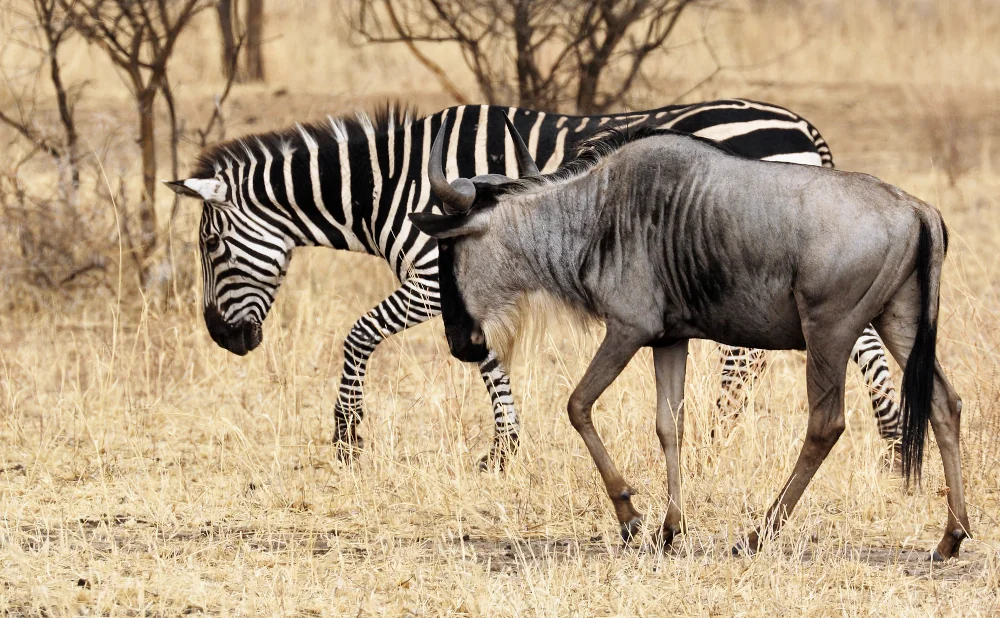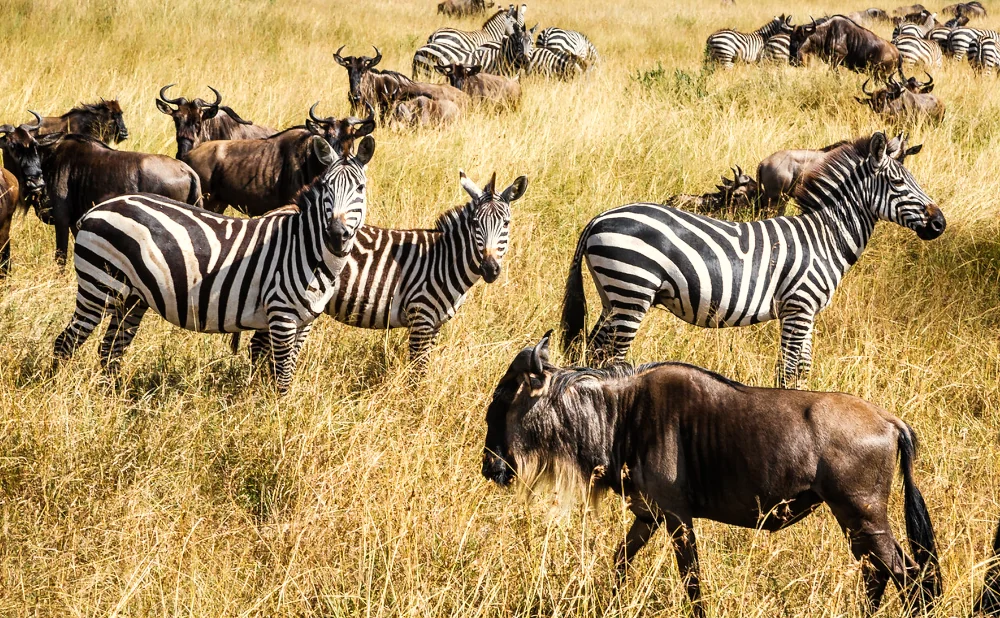the worlds tallest mountains were formed by
The world's tallest mountains are awe-inspiring natural wonders. They are the result of complex geological processes that have taken place over millions of years.
Understanding how these towering peaks were formed requires a dive into the science of plate tectonics. This theory explains the movement of the Earth's crust and the creation of mountain ranges.
In this article, we'll explore the formation of the world's tallest mountains. We'll delve into the processes that have shaped these landscapes and the ongoing changes they undergo.
Understanding Plate Tectonics and Mountain Formation
Plate tectonics is the theory that explains the movement of the Earth's lithosphere. This outermost shell is divided into several large and small pieces, known as tectonic plates.
These plates float on the semi-fluid layer of the mantle beneath them. Their movement is driven by the heat from the Earth's core, causing them to collide, pull apart, or slide past each other.
The process of mountain building, known as orogeny, primarily occurs when these plates collide. The pressure forces the crust to buckle and rise, forming mountain ranges.
This process is ongoing and can take millions of years, continually shaping the Earth's surface.
The Himalayas: A Collision of Giants
The Himalayas, home to Mount Everest, the world's tallest peak, are a prime example of mountain formation through plate collision. This majestic range was formed by the collision of the Indian and Eurasian plates.
The Indian plate, moving northwards, collided with the Eurasian plate. This caused the crust to buckle and rise, forming the Himalayan range.
This process is still ongoing, with the Himalayas continuing to rise by about 5 millimeters per year.
The Andes and Subduction Zones
The Andes, the world's longest mountain range, were formed by a different process. This process is known as subduction, where one tectonic plate moves under another.
In the case of the Andes, the Nazca Plate is subducting beneath the South American Plate. This subduction leads to intense volcanic activity and the formation of mountains.
This process is still active today, contributing to the Andes' continued growth and seismic activity.
The Role of Erosion and Weathering
Erosion and weathering play significant roles in shaping mountain landscapes. These processes wear down the mountains, carving out valleys and cliffs.
Rain, wind, ice, and even biological activity contribute to erosion. Over time, these forces can dramatically alter the appearance of a mountain range.
Despite their destructive nature, erosion and weathering are essential for creating the diverse and beautiful landscapes we see today.
The Rockies: Tectonic Forces and Volcanic Activity
The Rockies, a majestic mountain range, were formed by a combination of tectonic plate collision and volcanic activity. This process led to the uplift of large regions of the Earth's crust.
Volcanic activity further shaped the Rockies, adding to their height and complexity. Over time, erosion and weathering have sculpted these mountains into their current form.
Today, the Rockies stand as a testament to the powerful forces at work beneath the Earth's surface.
The Ancient Appalachians and the Concept of Isostasy
The Appalachian Mountains, among the oldest on Earth, bear the marks of significant erosion. Over time, these mountains have been worn down, their once lofty peaks now rounded and softened.
The concept of isostasy plays a role in understanding these mountains. It explains the buoyancy of the Earth's crust as it floats on the mantle.
This concept helps us understand why the Appalachians, despite their age and erosion, still stand tall today.
Ongoing Mountain Building and Its Global Impact
Mountain formation is not a process confined to the past. It continues today and can take millions of years. The Earth's mantle convection drives the movement of tectonic plates, leading to ongoing mountain building.
The formation of the tallest mountains has a profound impact on our planet. It influences climate patterns and fosters unique biodiversity.
Mountain building also creates natural resources such as minerals and ores. These resources are vital for human economies.
However, human activities like mining and deforestation can affect the stability and erosion of mountainous regions. It's a delicate balance between benefit and preservation.











